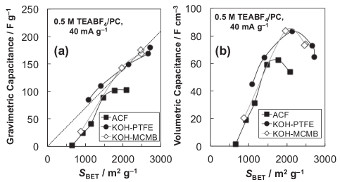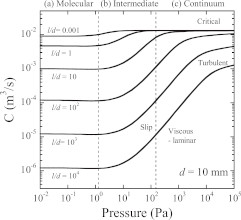Vacuum and Surface Science
“Vacuum and Surface Science” is an academic journal published by The Japan Society of Vacuum and Surface Science. The first issue was published in January, 2018. The predecessor journals are “Journal of the Vacuum Society of Japan (JVSJ)” and “Hyomen Kagaku (Journal of the Surface Science Society of Japan)”. The journal is aiming to expand into new fields while following the article types published in the predecessors. The journal starts from Vol. 61, taking over the volume number of the long history of JVSJ.
Predecessors
▶ Hyomen Kagaku (The Journal of Surface Science Society of Japan)
Vol. 1 (1980) to Vol. 38 (2017)
Online ISSN : 1881-4743, Print ISSN : 0388-5321
▶ Journal of the Vacuum Society of Japan
Vol. 51 (2008) to Vol. 60 (2017)
Online ISSN : 1882-4749, Print ISSN : 1882-2398
Other predecessors (JVSJ is a successor of following journals.)
▶ Shinku (Vacuum)
Vol. 1 (1958) to Vol. 50 (2007)
Online ISSN : 1880-9413, Print ISSN : 0559-8516
▶ Shinku Kogyo (Vacuum Industry)
Vol. 1 (1954) to Vol. 5 (1958)
Online ISSN : 1883-7174
▶ Shinku Gijutsu (Vacuum Technolgoy)
Vol. 1 (1950) to Vol. 8 (1957)
Online ISSN : 1883-7182
Read more
Predecessors
▶ Hyomen Kagaku (The Journal of Surface Science Society of Japan)
Vol. 1 (1980) to Vol. 38 (2017)
Online ISSN : 1881-4743, Print ISSN : 0388-5321
▶ Journal of the Vacuum Society of Japan
Vol. 51 (2008) to Vol. 60 (2017)
Online ISSN : 1882-4749, Print ISSN : 1882-2398
Other predecessors (JVSJ is a successor of following journals.)
▶ Shinku (Vacuum)
Vol. 1 (1958) to Vol. 50 (2007)
Online ISSN : 1880-9413, Print ISSN : 0559-8516
▶ Shinku Kogyo (Vacuum Industry)
Vol. 1 (1954) to Vol. 5 (1958)
Online ISSN : 1883-7174
▶ Shinku Gijutsu (Vacuum Technolgoy)
Vol. 1 (1950) to Vol. 8 (1957)
Online ISSN : 1883-7182
Published by
The Japan Society of Vacuum and Surface Science
1,259 registered articles
(updated on October 24, 2025)
(updated on October 24, 2025)
Online ISSN : 2433-5843
Print ISSN : 2433-5835
Print ISSN : 2433-5835
JOURNAL
PEER REVIEWED
PARTIALLY RESTRICTED ACCESS











